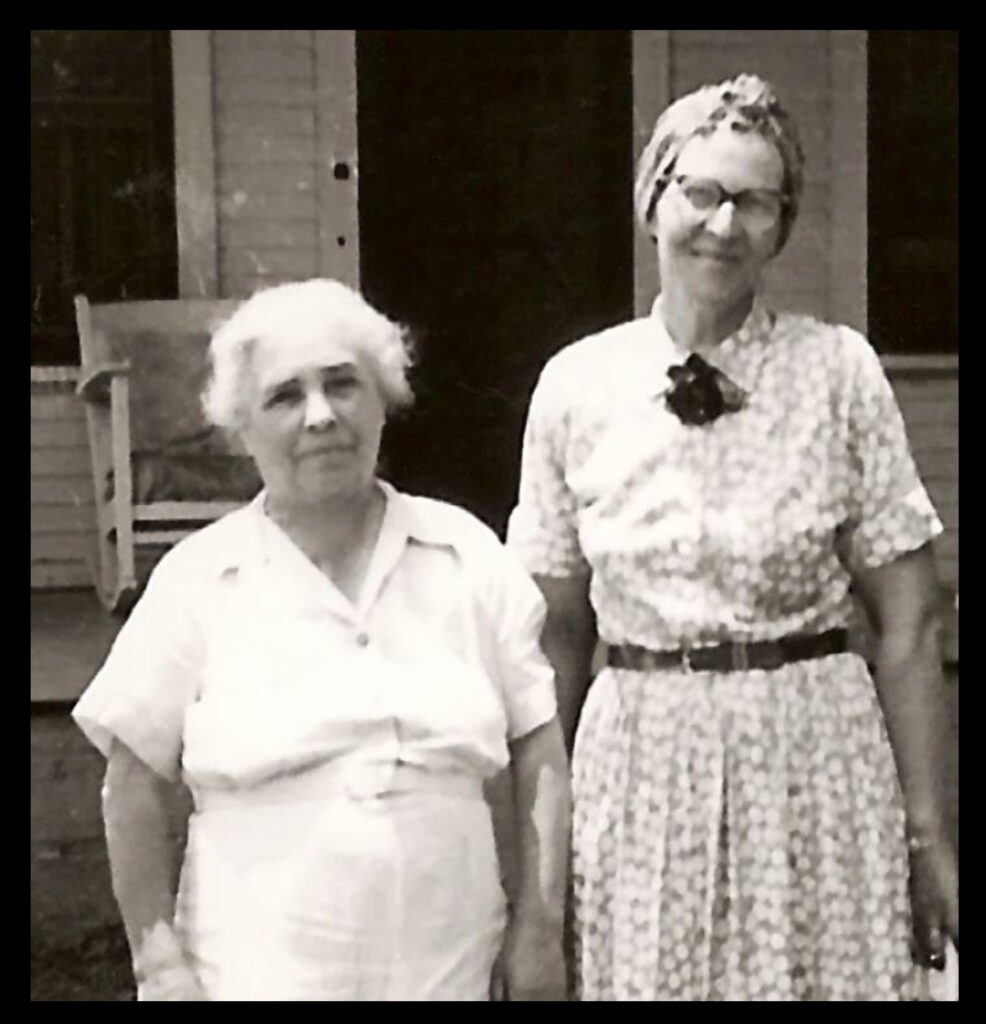The story of Ray Sink’s disappearance and the subsequent trial of William Magers is a compelling tale that intertwines the complexities of justice, media influence, and societal biases in the late 19th century. What began as a quiet mystery in a rural community quickly escalated into a sensationalized courtroom drama, driven by circumstantial evidence, heated public sentiment, and questions of fairness.
This series of posts delves into the multifaceted layers of this case:
• A timeline of events, piecing together the mysterious disappearance and the investigation that followed.
• An exploration of the case as presented by the prosecution and the defense, highlighting the reliance on circumstantial evidence and conflicting narratives.
• A thoughtful analysis in historical context, examining the impact of media sensationalism, societal biases around race and class, and concerns about the fairness of Magers’ trial.
At the heart of the story are critical themes still relevant today—how public opinion, shaped by newspaper coverage, can influence justice, and how systemic biases can affect perceptions of guilt and innocence. This case also raises questions about the use of capital punishment, the integrity of trial processes, and the treatment of marginalized individuals in the legal system.
Join me as I unravel this historical tragedy, exploring each angle and uncovering what this case can teach us about justice in a bygone era.
Listen to an AI generated podcast based on the newspaper articles of the trials.
On the day of his execution, February 2, 1900, W.G. Magers was immersed in a large tank at the county jail, with Rev. Barton Riggs officiating. Despite facing his imminent death, Magers continued to vehemently declare his innocence, stating that he was being killed unjustly. He expressed his belief that his blood would forever curse those involved in his conviction. Magers also said he was more ready to die than most men who make confessions and he had no preparations to make. He smashed all the furniture in his cell just before being taken to the gallows.
At 10:18 a.m., Magers was hanged in Dallas. Before his execution, he again made an emphatic denial of his guilt, stating, “you are going to kill an innocent man”. He said he forgave his enemies and hoped to meet them in heaven. His voice was described as very broken. The body was cut down at 10:35 a.m.. The gallows stood on loose dirt where the posts of the wall once stood and the jail was described as looking lonely without a watchman. Every effort was made to save Magers’ life, with his attorney leaving no stone unturned and appealing to the governor for a commutation of sentence, but the governor declined to interfere.
Do you believe he is guilty? Or did they hang an innocent man?





